They hatch from the egg looking exactly like typical fish, swimming in the upper waters. After two weeks the bridge of the fish’s nose fades away and then one of the eyes, depending on the species, shifts to one side. The process of becoming a complete “flat” fish takes a bit of time, but, once complete the flounder is content to live the rest of its life on its side on the bottom of the ocean floor.
Winter flounder move their left eye to the right side. Summer flounder move their right eye to the left side. There are many more flounder species, but, this is just an example of where their eyes shift.
Do you have another great question? Check out www.beachchairscientist.com and enter your request!



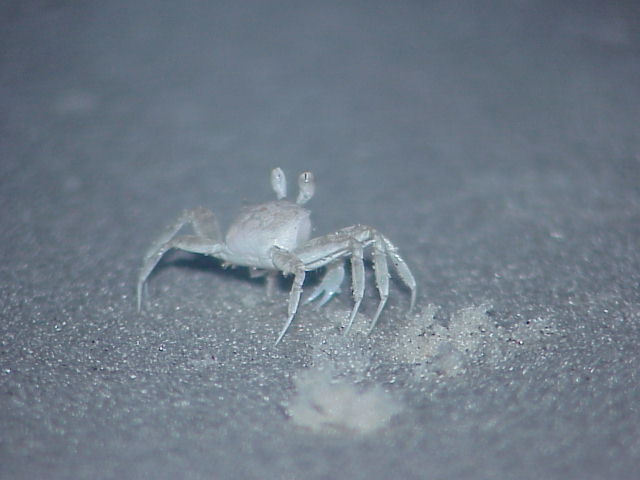
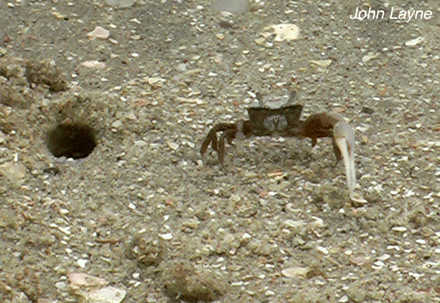


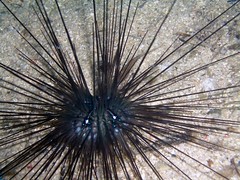

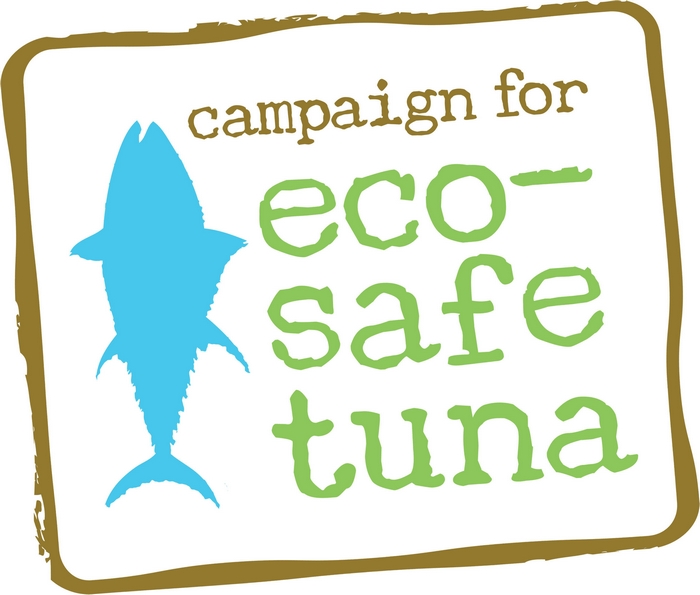


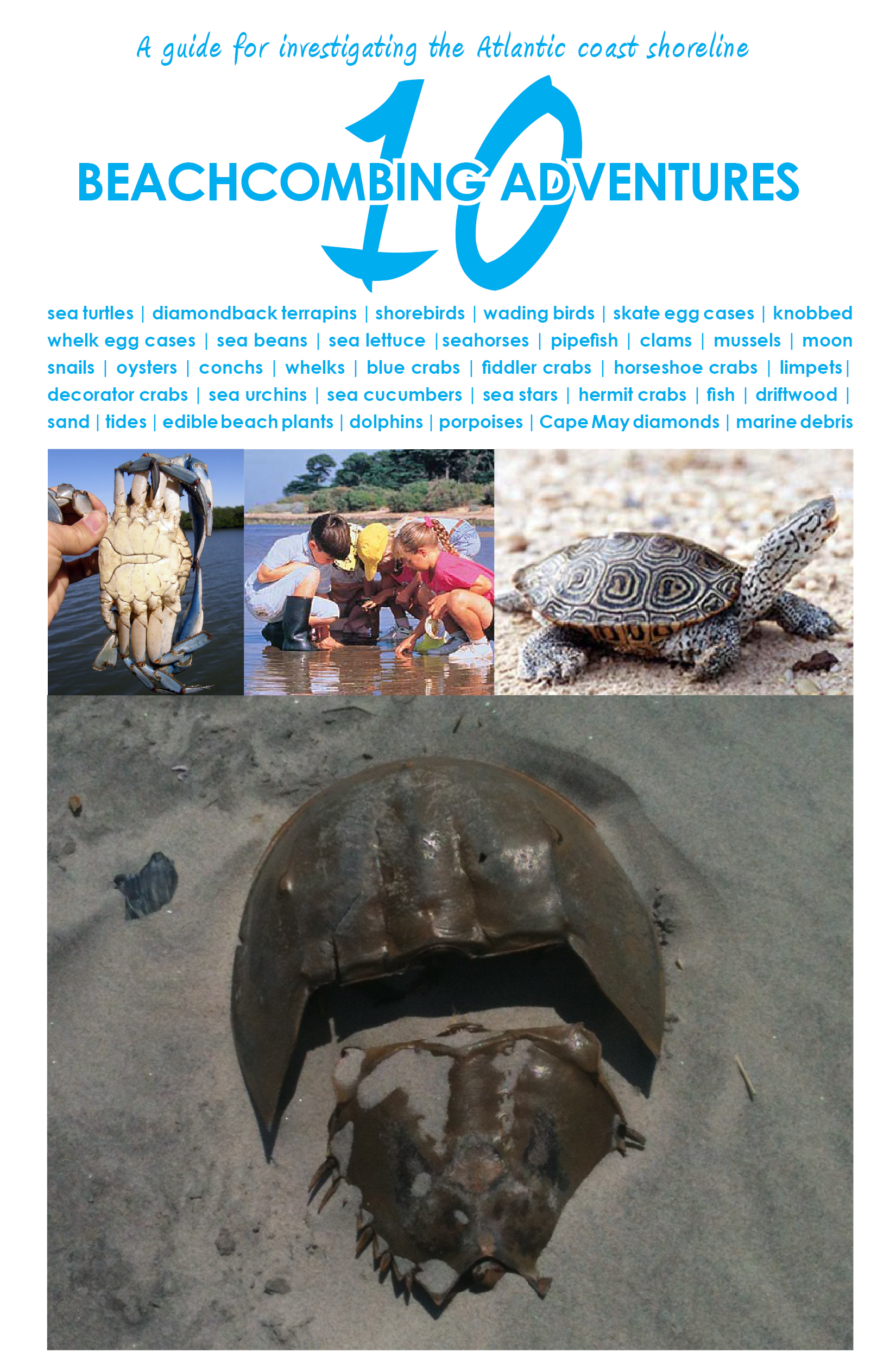
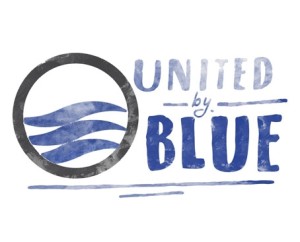
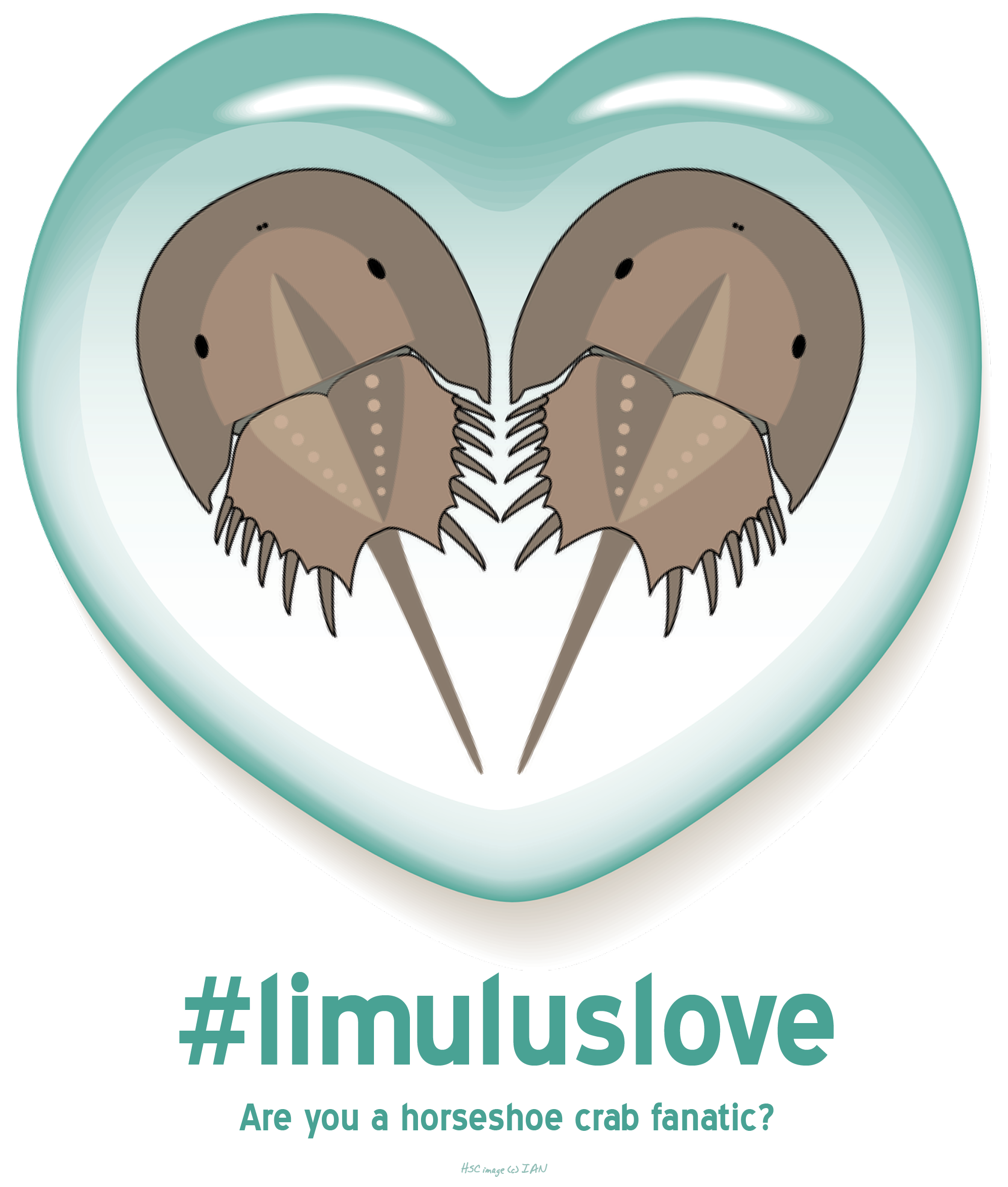
What people are saying …